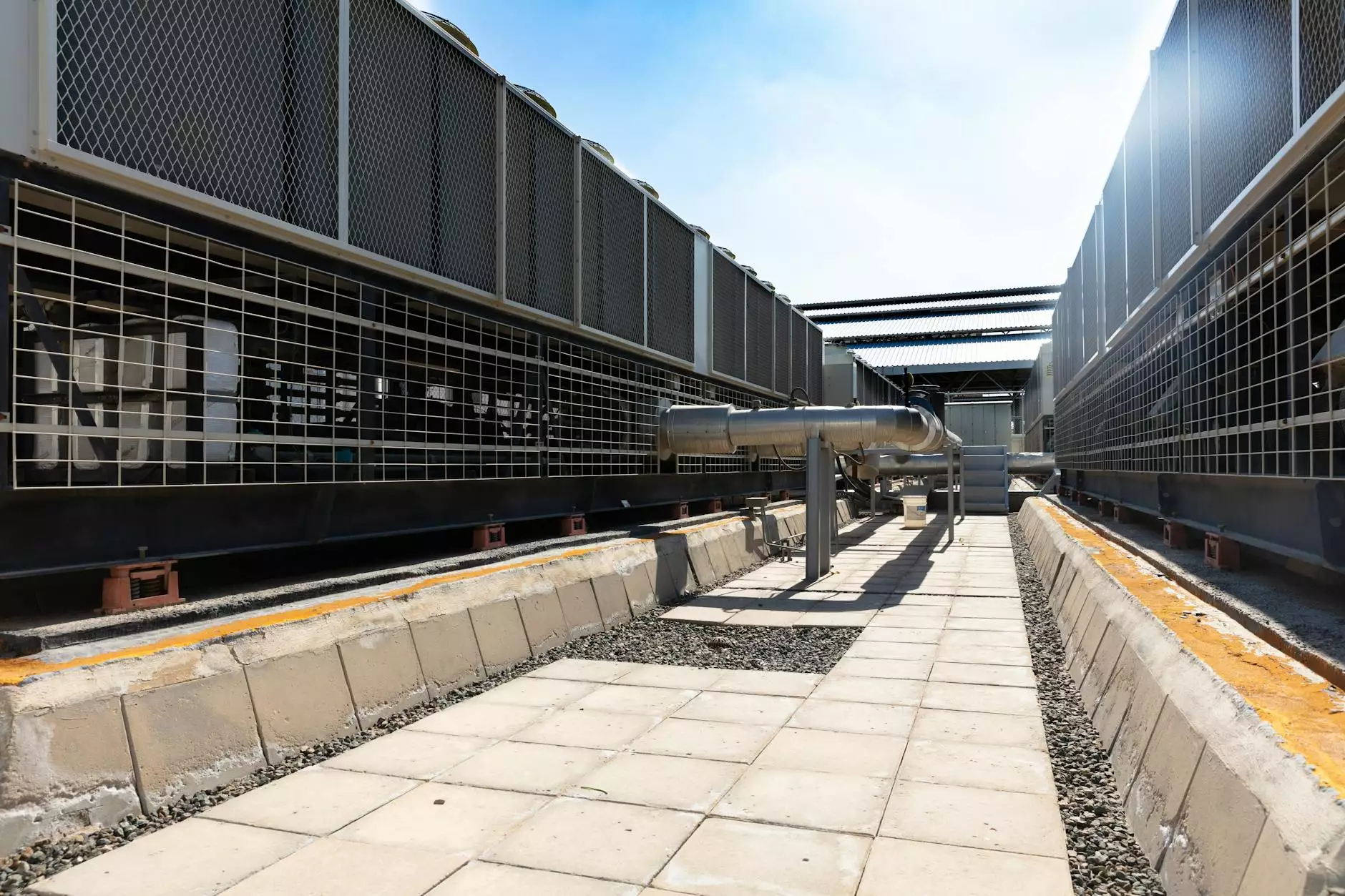How to Install DDoS Deflate on CentOS for Enhanced Security

In today’s digital landscape, cybersecurity has become paramount for businesses of all sizes. Protecting your online presence from various threats, including DDoS attacks, is essential to maintain credibility and ensure continuous operations. This article provides a comprehensive guide on how to install DDoS Deflate on CentOS, a lightweight and effective tool that mitigates DDoS attacks. Follow these steps to enhance the security of your server effectively.
Understanding DDoS Attacks
DDoS, or Distributed Denial of Service, is a malicious attempt to disrupt the normal functioning of a targeted server, service, or network by overwhelming it with a flood of traffic. Typically, these attacks are carried out using a network of compromised computers. Understanding the nature and implications of DDoS attacks is crucial for anyone managing an online presence.
Some common characteristics of DDoS attacks include:
- High Traffic Volume: Attackers flood resources with an overwhelming number of requests.
- Targeting Weaknesses: Exploiting vulnerabilities in servers or applications.
- Short Duration: Many attacks aim for quick shutdowns, making it challenging to react.
What is DDoS Deflate?
DDoS Deflate is an effective tool that helps mitigate DDoS attacks by monitoring incoming traffic to the server and blocking suspicious IP addresses. It effectively enhances server security and minimizes the risk of downtime caused by these malicious attacks. Built primarily for Linux web servers, DDoS Deflate is particularly useful for CentOS distributions.
Key features of DDoS Deflate include:
- IP Address Blocking: Automatically blocks IP addresses that exceed a predefined connection threshold.
- Real-time Monitoring: Tracks incoming connections in real time to detect potential threats.
- Simple Configuration: Easy to set up and customize according to specific needs.
Prerequisites for Installation
- CentOS Server: DDoS Deflate is intended for CentOS, a popular enterprise-level Linux distribution.
- SSH Access: Ensure you have administrative privileges or root access to your server via SSH.
- Basic Command Line Knowledge: Familiarity with the command line interface is essential for executing installation commands.
Step-by-Step Installation Guide
Step 1: Establish SSH Connection
Use an SSH client (like PuTTY on Windows or Terminal on macOS/Linux) to connect to your CentOS server. Execute the following command:
ssh root@your_server_ipStep 2: Update Your System
Before installing new software, it’s always a good practice to update your system packages. Run the following commands:
yum update -yStep 3: Download DDoS Deflate
To download DDoS Deflate, execute the following commands:
cd /usr/local/src wget https://github.com/jgmize/ddos-deflate/archive/refs/heads/master.zip unzip master.zipStep 4: Install DDoS Deflate
Navigate to the extracted folder and run the installation script:
cd ddos-deflate-master bash install.shStep 5: Configure DDoS Deflate
After installation, you can configure DDoS Deflate by editing its configuration file:
nano /usr/local/ddos/ddos.confIn this file, you can adjust settings such as connection thresholds and notification options.
Step 6: Start DDoS Deflate
To start DDoS Deflate and ensure it is running correctly, execute the following command:
/usr/local/ddos/ddos.shStep 7: Verify Installation
You can confirm that DDoS Deflate is working by checking the status of the service:
/usr/local/ddos/ddos.sh statusIf set up properly, you should see the current status and any blocked IP addresses.
Regular Maintenance and Updates
Like any software, keeping DDoS Deflate updated is crucial for optimal performance. Regularly check for updates and apply them using the same download method outlined above.
Benefits of Using DDoS Deflate
The implementation of DDoS Deflate in your server environment can provide multiple advantages:
- Enhanced Protection: By monitoring traffic and blocking suspicious IPs, it significantly reduces the risk of successful DDoS attacks.
- Improved Performance: Keeping unwanted traffic at bay ensures that legitimate users can access your services without hindrance.
- Easy Management: DDoS Deflate provides an easy-to-use interface for managing IP blocks and viewing connection statuses.
Conclusion
In a world where online threats are an ever-present concern, implementing protective measures is vital. Learning how to install DDoS Deflate on CentOS provides a valuable layer of security for your business. By following the steps outlined in this guide, you not only safeguard your server from potential DDoS attacks but also enhance your overall cybersecurity posture.
Moreover, for businesses that prioritize internet service and computer repair as part of their offerings, maintaining a secure online environment is essential in building trust with your customers. Ensure to follow up with frequent audits and updates to keep your defenses robust.
install ddos deflate centos







